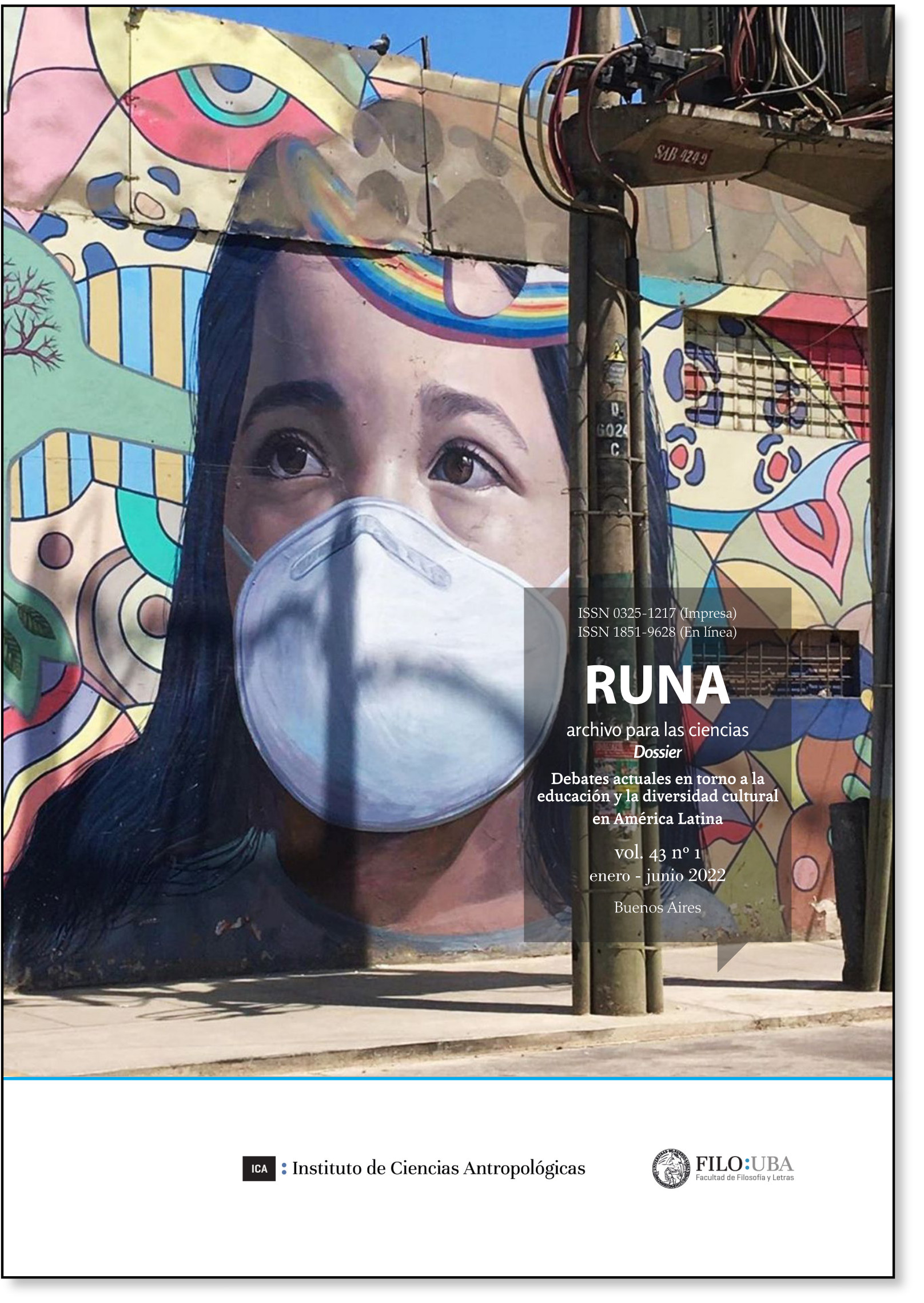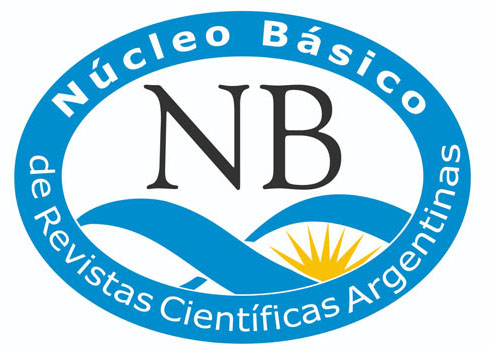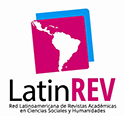Trampas de la hipervisibilidad en la era digital
Resumen
Este artículo propone una reflexión sobre la búsqueda de parejas en sitios web y en Tinder. La investigación se centró en mujeres de entre 30 y 45 años que buscan parejas por estos medios. Todas tienen educación superior, viven en la ciudad de San Pablo, y la gran mayoría se declara como de clase media, “blancas” y heterosexuales. La pregunta orientadora de este trabajo es si, y cómo, la utilización de las nuevas tecnologías de comunicación ha cambiado la búsqueda de parejas, prestando particular atención a los filtros que hacen que un candidato sea elegible. Esos filtros articulan diferencias de género, raza, ubicación. A eso se agregan las "cosas" que componen la imagen –muebles, tamaño de la habitación, ropa, etc.–, de manera que los bienes y el consumo están entrelazados estratégicamente no solo para presentarse al otro, sino también como una forma de reconocimiento social.Descargas
Citas
Adelman, M. (2009). A voz e a escuta: encontros e desencontros entre a teoria feminista e a sociologia contemporânea San Pablo: Blucher Acadêmico.
Appadurai, A. (2010). A vida Social das Coisas. As mercadorias sob uma perspectiva cultural Niterói: Editora da UFF.
Arfuch, L. (2005). Cronotopías de la intimidad. En Pensar este tiempo. Espacios, afectos, pertenencias Buenos Aires: Paidós.
Athique, A. (2013). Digital Media and Society: an Introduction Cambridge: Polity Press.
Banet-Weiser, S. (2018). Empowered. Popular Feminism and popular misogyny Durham y Londres: Duke University Press.
Baym, N. K. (2010). Personal Connections in the Digital Age Cambridge: Polity Press .
Beleli, I. (2015) O imperativo das imagens: construção de afinidades nas mídias digitais. Cadernos Pagú, 44, 91-114. Doi: https://doi.org/10.1590/1809-4449201500440091
Beleli, I. y Miskolci, R. (2015). Apresentação. Dossiê: Percursos digitais: corpos, desejos, visibilidades. Cadernos Pagú , 44 Doi: https://doi.org/10.1590/1809-4449201500440007
Bonavitta, P. (2015). El amor en los tiempos de Tinder. Cultura y Representaciones sociales, 10(19), 197-210. Recuperado de http://www.scielo.org.mx/pdf/crs/v10n19/v10n19a9.pdf
Bourdieu, P. (2006 [1979]). A Distinção: crítica social do julgamento Porto Alegre, San Pablo: Zouk; EDUSP.
Boyd, D. (2012). Participation in the always on lifestyle. En M. Mandiberg (Ed.). The social media reader Nueva York: Nueva York University Press.
Bruno, F. (2013). Máquinas de ver, modos de ser: vigilância, tecnologia e subjetividade Porto Alegre: Editora Meridional.
Castells, M. (2011) A era da informação: economia, sociedade e cultura. En A Sociedade em rede, vol. 1. San Pablo: Paz e Terra.
Constable, Nicole. (2008). Love at first Sight? Visual Images and Virtual Encounters with Bodies. En Mark P. Padilla, Jennifer S. Hirshch y Miguel Muñoz-Laboy (Eds.), Love and globalization: Transformations of intimacy in the contemporary world, (pp. 252- 270). Nashville: Vanderbilt University Press.
Debord, G. (1998). Sociedade do Espetáculo: comentários sobre a sociedade do espetáculo Río de Janeiro: Contraponto.
Elias, N. (1994). A sociedade dos indivíduos Río de Janeiro: Jorge Zahar Editor.
Fausto-Sterling, A. (2002) Dualismos em duelo. Cadernos Pagú , 17/18, 9-79. Doi: https://doi.org/10.1590/S0104-83332002000100002
Foucault, M. (2001). A ordem do discurso, 7.ª ed. San Pablo: Loyola.
Gill, R. (2017). The affective, cultural and psychic life of postfeminism: A postfeminist sensibility 10 years on. European Journal of Cultural Studies, 20(6), 606-626.
Haraway, D. (2009). Manifesto ciborgue. Ciência, tecnologia e feminismos socialistas no final do século XX [1991]. En T. Tadeu (Org.). Antropologia do ciborgue: as vertigens do pós-humano, 2.a ed. (pp. 33-118). Belo Horizonte: Autêntica editora.
Hine, C. (2000). Virtual etnography Londres: Sage.
Illouz, E. (2009). El consumo de la utopía romántica. El amor y las contradicciones culturares del capitalismo Buenos Aires: Katz.
Illouz, E. (2011). Why love hurts: a sociological explanation Londres: Polity Press.
Keen, A. (2012). Vertigem digital: por que as redes sociais estão nos dividindo, diminuindo e desorientando? Río de Janeiro: Jorge Zahar Editor .
Kopytoff, I. (2010). A biografia cultural das coisas: a mercantilização como processo. En A. Appadurai (Org.). A vida Social das Coisas. As mercadorias sob uma perspectiva cultural (pp. 89-121). Niterói: Editora da UFF .
Mahamood, S. (2006). Teoria feminista, agência e sujeito liberatório: algumas reflexões sobre o revivalismo islâmico no Egipto. Etnográfica, 10(1), 121-158.
Madianou, M. (2014). Smartphones as Polymedia. Journal of Computer-Mediated Communication, 19, 667-680.
Miller, D. (2010). Trecos, troços e coisas. Estudos antropológicos sobre a cultura Material Río de Janeiro: Zahar.
Miller, D. y Slater, D. (2004). Etnografia on e off-line: cybercafés em Trinidad. Horizontes Antropológicos, 10(21) (ene.-jun.), 41-65.
Miskolci, R. (2017). Desejos digitais. Uma análise sociológica da busca por parceiros on-line San Pablo: Autêntica.
Piscitelli, A. (2005). Viagens e sexo on-line: a internet na geografia do turismo sexual. Cadernos Pagú , 25, 281-326. Doi: https://doi.org/10.1590/S0104-83332005000200011
Piscitelli, A. (2008). Interseccionalidades, categorias de articulação e experiências de migrantes brasileiras. Sociedade e Cultura, 11(2) (jul.-dic.), 263- 274.
Sibilia, P. (2008). O Show do Eu Río de Janeiro: Nova Fronteira.
Van Dijck, J. (2013). The Culture of Connectivity: A Critical History of Social Media EE.UU: OUP USA.
Zechlinski, B. P. (2007). "A vida como ela é...": imagens do casamento e do amor em Nelson Rodrigues. Cadernos Pagú , 29, 399-428, doi: https://doi.org/10.1590/S0104-83332007000200016

Runa, archivos para las ciencias es una publicación del Instituto de Ciencias Antropológicas, Facultad de Filosofía y Letras, Universidad de Buenos Aires y se distribuye bajo una Creative Commons Attribution 4.0 International License..
Runa sostiene su compromiso con las políticas de Acceso Abierto a la información científica, al considerar que tanto las publicaciones científicas como las investigaciones financiadas con fondos públicos deben circular en Internet en forma libre, gratuita y sin restricciones.
Los contenidos y opiniones expresadas en los artículos publicados son de entera responsabilidad de sus autores.



















